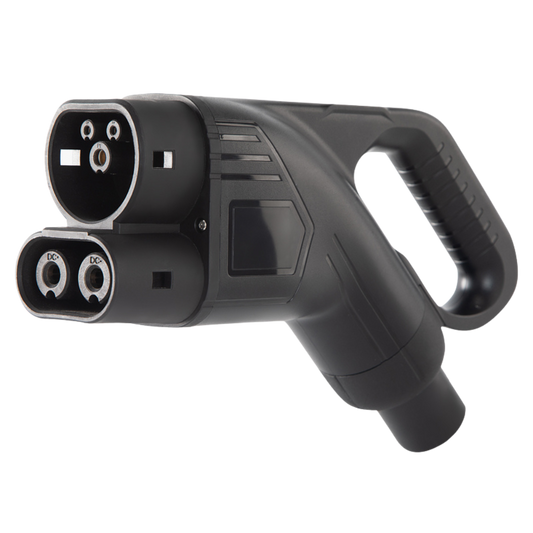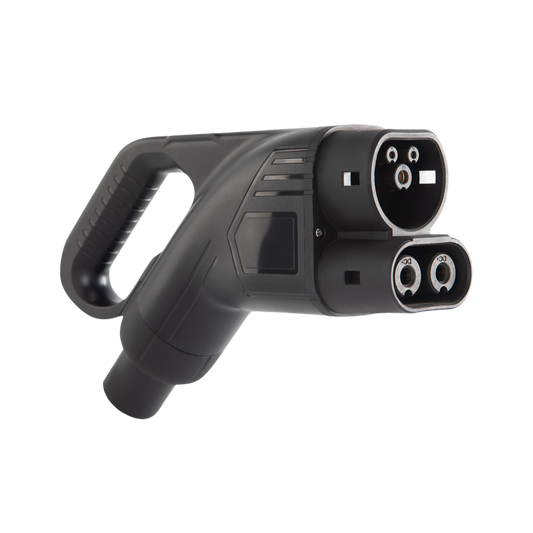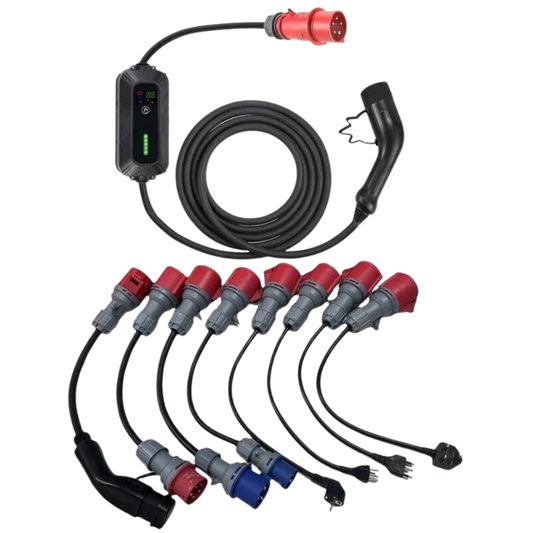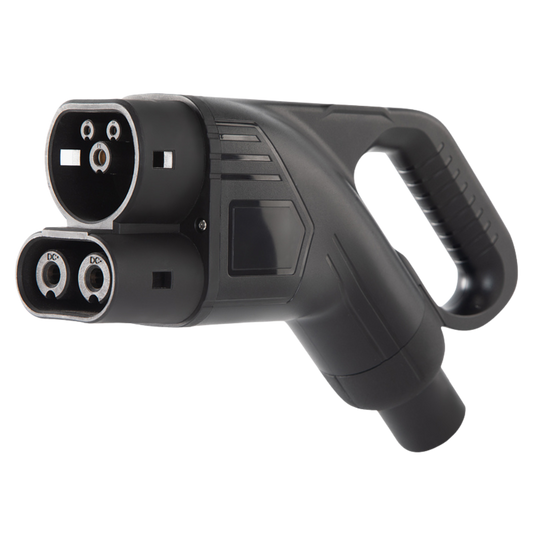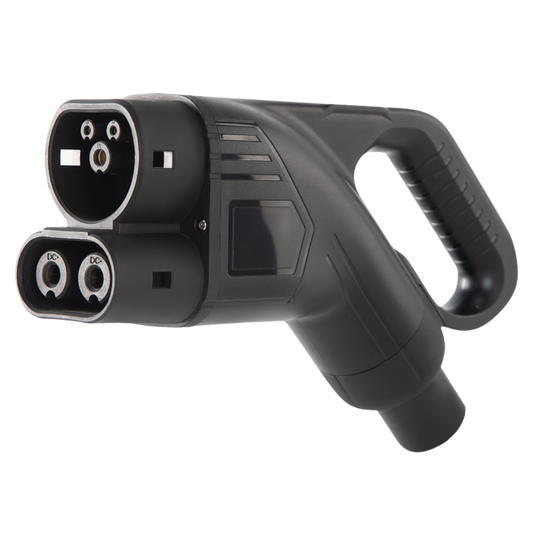-
CCS2 charging cable with open end | 125A | TPU
Regular price £287.20 GBPRegular priceUnit price per£359.00 GBPSale price £287.20 GBP -
 Quantity discount
Quantity discountHigh voltage cable | fhlr2gcb2g | 2*6mm²
Regular price £90.40 GBPRegular priceUnit price per£113.00 GBPSale price £90.40 GBP -
CCS2 Plug 150A
Regular price £128.80 GBPRegular priceUnit price per£161.00 GBPSale price £128.80 GBP -
32A 5-pole commando to Type J Adapter for Switzerland
Regular price £16.00 GBPRegular priceUnit price per£20.00 GBPSale price £16.00 GBP -
EV charging adapter GBT to CCS2
Regular price £1,015.20 GBPRegular priceUnit price per£1,269.00 GBPSale price £1,015.20 GBP -
Voldt Booster Master Traveller Set
Regular price £519.34 GBPRegular priceUnit price per£649.17 GBPSale price £519.34 GBP -
 Quantity discount
Quantity discountHigh voltage cable | fhlr2gcb2g | 4*6mm²
Regular price £181.60 GBPRegular priceUnit price per£227.00 GBPSale price £181.60 GBP -
CCS2 charging cable with open end | 200A | TPU
Regular price £399.20 GBPRegular priceUnit price per£499.00 GBPSale price £399.20 GBP -
32A 5-pole commando to Type 3 adapter
Regular price £75.20 GBPRegular priceUnit price per£94.00 GBPSale price £75.20 GBP -
16A 5-pole to Type 3 adapter
Regular price £75.20 GBPRegular priceUnit price per£94.00 GBPSale price £75.20 GBP -
CCS2 charging cable with open end | 150A | TPU
Regular price £351.20 GBPRegular priceUnit price per£439.00 GBPSale price £351.20 GBP -
Voldt Mobile CCS2 40kW Fast charger
Price on request -
Voldt® Sitecharge | Type 2 | 2x 11kW
Regular price £1,361.60 GBPRegular priceUnit price per£1,702.00 GBPSale price £1,361.60 GBP -
Voldt® Sitecharge | Type 2 | 2x 22kW
Regular price £1,361.60 GBPRegular priceUnit price per£1,702.00 GBPSale price £1,361.60 GBP -
 Quantity discount
Quantity discountHigh voltage cable | fhlr2gcb2g | 120mm²
Price on request -
CCS2 socket for car | 150A DC | 63A AC
Regular price £128.80 GBPRegular priceUnit price per£161.00 GBPSale price £128.80 GBP
What is the difference between the male and female sides of an EV charging cable plug?

